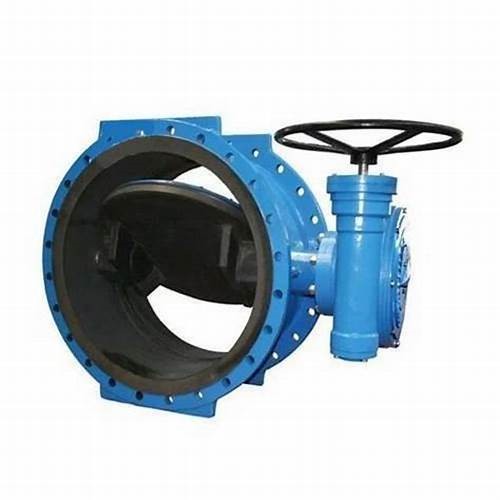Exploring Various Types of Control Valves and Their Applications in Industrial Processes
Different Types of Control Valves
Control valves play a critical role in a variety of fluid control processes within industries such as oil and gas, water treatment, chemical manufacturing, and HVAC systems. They are used to regulate the flow, temperature, pressure, and level of liquids and gases. Understanding the different types of control valves is crucial for engineers and technicians to select the right valve for specific applications.
1. Globe Valve
Globe valves are among the most common types of control valves, known for their excellent throttling capabilities. They consist of a movable disk and a stationary ring seat in a generally spherical body. The design allows for smooth flow regulation, making it ideal for applications where precise control is necessary. Globe valves can be either manual or automated, and they work well in high-pressure applications.
2. Ball Valve
Ball valves are favored for their quick opening and closing capabilities. They feature a spherical disc known as a ball, which allows for efficient flow control with minimal resistance. Ball valves are particularly useful in applications requiring a reliable seal and minimal leakage. Although they are primarily used for on-off control, there are specialized ball valves available for throttling services.
Butterfly valves consist of a circular disc mounted on a rotating shaft. The disc rotates to open or close the valve, making it lightweight, compact, and less expensive compared to globe valves. They are particularly useful in large diameter piping systems where a significant amount of fluid needs to be controlled. Butterfly valves can be used for both on-off and throttling applications but may not provide the high precision of a globe valve.
different types of control valve

4. Gate Valve
Gate valves are primarily used as on/off valves rather than for flow regulation. They feature a wedge-shaped gate that moves up and down to permit or block the flow of the media. While they provide a straight flow path with minimal resistance, they are not designed for throttling purposes; doing so can damage the gate and compromise performance. Gate valves are best suited for applications where the valve will either be fully open or fully closed.
5. Check Valve
Check valves are unique in that they are designed to ensure that fluid flows in one direction only. They prevent backflow in a piping system, which is critical in preventing damage or contamination. Different types of check valves include swing check valves and lift check valves, each suitable for specific conditions based on the application’s requirements.
6. Pressure Relief Valve
Pressure relief valves play an essential safety role in many processes. They automatically release pressure from a system when it reaches a predetermined level, preventing potential damage or catastrophic failures. They are vital in applications such as boilers, pressure vessels, and pipelines where pressure control is crucial for safe operation.
Conclusion
Selecting the appropriate control valve type depends on various factors, including the specific application, required flow control, pressure and temperature conditions, and the physical characteristics of the fluid being handled. Understanding the different types of control valves—such as globe, ball, butterfly, gate, check, and pressure relief valves—allows engineers to make informed decisions that enhance system efficiency, safety, and reliability. As technology progresses, control valve design and functionality will continue to evolve, ensuring better performance in increasingly complex industrial processes.
-
The Key to Fluid Control: Exploring the Advantages of Ball Valves in Industrial SystemsNewsJul.09,2025
-
The Versatile World of 1, 2, and 3 Piece Ball ValvesNewsJul.09,2025
-
Stainless Steel Ball Valves: The Ideal Choice for Efficient Flow ControlNewsJul.09,2025
-
Optimizing Fluid Control with Ball Float ValvesNewsJul.09,2025
-
Manual Gate Valves: Essential for Control and EfficiencyNewsJul.09,2025
-
Everything You Need to Know About Butterfly ValvesNewsJul.09,2025
-
The Versatility of Wafer Type Butterfly ValvesNewsJul.08,2025




